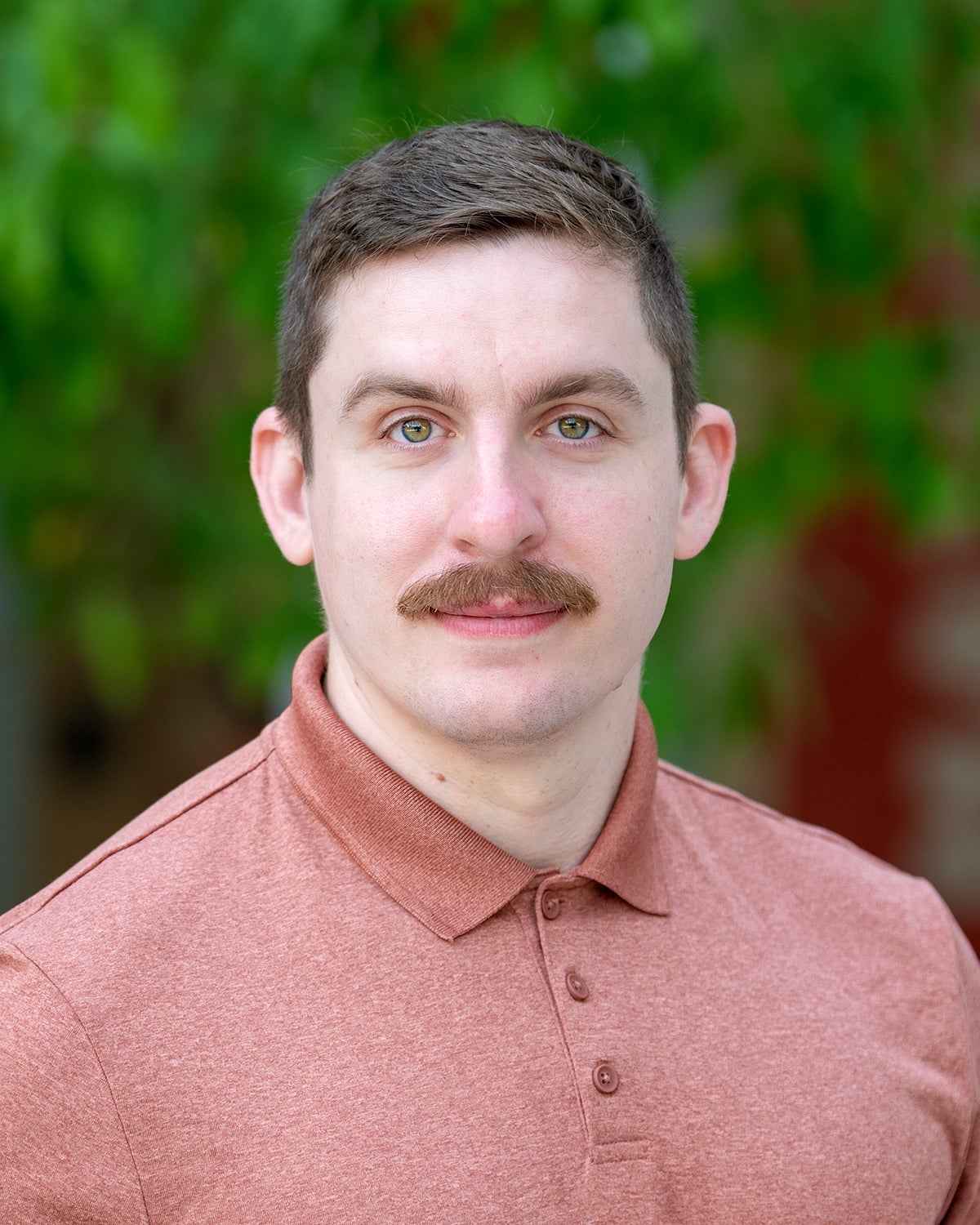Boise State University Ph.D. candidate Attila Rektor has been named the Best Student winner at the Technical Conference at IPC APEX EXPO 2025, recognizing his research presented in the paper, “Flexible Hybrid Electronics Created from a Multicomponent System of Electroless Copper on Laser-Induced Graphene.” IPC APEX EXPO is recognized as North America’s most comprehensive exposition and conference dedicated to the advancement of the electronics industry. Rektor was honored at the Expo in Anaheim, California, and received a $1,000 honorarium.

The $1,000 honorarium will directly support his academic pursuits. “There are a few excellent textbooks that I look forward to purchasing, instead of permanently loaning from the library,” Rektor said. “The Starbucks on campus may additionally see some improved revenue for the near future.”
Prior to his doctoral studies, Rektor earned his Bachelor of Science in Materials Science and Engineering from Boise State in 2020. Before his Ph.D. studies, he gained industry experience at Micron Technology as a Photo-Equipment Engineer and a TEM Engineer. His current doctoral research is focused on the characterization of 2D materials and thin film growth utilizing metal-organic chemical vapor deposition (MOCVD).
Being selected for the award is a significant validation of his efforts. “It’s a great confirmation that the work invested in this project was worthwhile and scientifically sound,” he said. “Furthermore, I’m proud to represent not only my own research, but the effort from my peers, collaborators, advisor, and the laboratory as a whole.”
Rektor’s research, conducted in collaboration with Josh Eixenberger, Tony Varghese, Brian Cummings, Michael Curtis, Nicholas McKibben, John Timler, David Estrada, and other researchers from Boise State University, Idaho National Laboratory, and Science Applications International Corporation, tackles the challenge of enhancing the conductivity of Laser-Induced Graphene (LIG) for flexible electronics.
“The core concept behind this paper is to increase the electrical conductivity of Laser-Induced Graphene through selective copper deposition, for use in flexible electronics,” Rektor said. “LIG is an incredible material due to its ease of synthesis; all that’s required is a laser of appropriate wavelength and a carbon-rich substrate. However, its baseline conductivity is a little low, so a process to address this while retaining its simplicity has some great benefits towards accessibility.”
The research involved navigating the complexities of metal deposition on LIG structures. “Multiple phenomena are responsible for how metal deposits onto the LIG structures, surface energy, surface area, and particle distribution all play important roles,” Rektor said. “Determining the influence of each aspect proved challenging.”
However, overcoming these challenges has paved the way for potentially significant real-world applications. “Proving a reliable and low-cost method for flexible interconnects has the potential to greatly expand the space for flexible electronics by improving accessibility and providing rapid prototyping,” Rektor said.
Rektor’s initial interest in this research area stemmed from an unexpected encounter. “Laser-Induced Graphene was a completely new concept to me when starting in the lab; we had a very simple laser toolset that I began experimenting with in attempts to be productive,” he said. “The question for copper-plating originated from a very simple ‘what-if’ email at around the same time.”
For other students venturing into electronics research, Rektor offered this advice: “Be curious and try to test the strangest little ideas that pop into your head. Research, in addition to producing results and solving problems, depends on being able to ask the right question; this can come in all forms and can lead to some extraordinary results.”
Looking ahead, Rektor has clear goals. “Eventually, I see myself returning to the semiconductor industry and continuing to grow my skill set in that field. I’m very fond of characterization techniques and would like to become skilled at transmission electron microscopy someday.”
-by Siera Tuttle